How Social Media Can Reinvigorate Consumer Advocacy
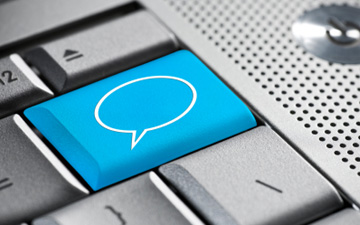 Jeremy Heimans is the CEO and co-founder of Purpose.com,
a home for creating 21st century movements. He is a co-founder of some
of the world’s largest online political and social movements including Avaaz.org and GetUp.org.
Jeremy Heimans is the CEO and co-founder of Purpose.com,
a home for creating 21st century movements. He is a co-founder of some
of the world’s largest online political and social movements including Avaaz.org and GetUp.org.
Some of the world’s smartest people are currently at work creating online platforms like Groupon and Gilt Groupe that make consumption more social, game-like and addictive. By combining clever behavioral economics with the immediacy and universality of the social web, we’ve never been better at tricking people into buying stuff.
What if we used those same dark arts and new technologies to actively shift our consumption away from mere products and more toward the consumer behavior and brands that are part of the solution? The 21st century needs a revitalized consumer movement that does just that.
A Little Background
The glory days of consumer activism were the 1960s and 70s. Consumer watchdog groups and activists like Ralph Nader had emerged around the world to win significant victories, like making our cars safer and highlighting some of the worst abuses of corporate power. But as Matthew Hilton has documented in his social history of consumer activism, by the 1980s the consumer movement had been sidelined by the wave of deregulation that swept America and much of the industrialized world.
As the movement has waned, corporate social responsibility and cause marketing have thrived in its place — but these are creations of companies, not consumers. Some of this activity has been transformative, but some of it has been peripheral or used to distract us from harmful economic activity.
Today, we have the tools to change that. Social technology has been busy revolutionizing electoral politics and social movements — helping to elect a U.S. president as well as raise hundreds of millions in micro-donations for non-profits.
We now need to use that online organizing toolkit — and some of the same behavioral insights that are fueling the current success of the consumer internet — to push consumer activism into the 21st century. This new consumer movement can be more powerful, less top-down and significantly broader in scope than its 20th century incarnation. It could transform corporate behavior, shift consumer demand and drive cultural and political change.
What Is To Be Done?
Here are some of the key pieces of infrastructure that technologists, activists and progressive companies can get working on together:
Game It
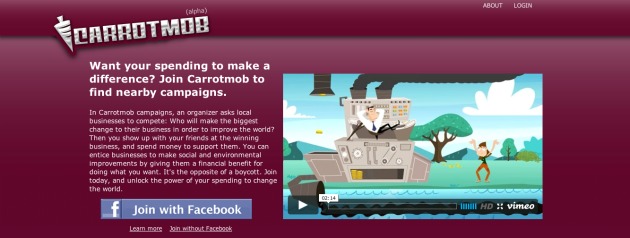
Consumer activism needs to be as fun and as gratifying as Groupon. To do this, we need to help platforms like Carrot Mob scale. Carrot Mob facilitates competitions between local businesses to make social and environmental improvements. It then coordinates consumers to reward the winners with a flood of new customers. The challenge for Carrot Mob and the recent spate of platforms experimenting with “Groupon for good” mechanisms will be figuring out how to organize consumers at scale. They’ll need to target the big brands and not just local businesses, and find the most efficient ways to do so.
Build Them Up
Consumers need to get behind not just the individual businesses that are doing the right thing but also the new product categories and industries that have the potential to change the world. Electric cars, for example, will only succeed as a product category and help to end our dependence on oil if millions of consumers buy them. We have to allow for platforms that can sort customer demand and organize those same customers to put pressure on government and build the infrastructure needed for that change. Most important, we need to help make these fledgling green products culturally iconic and make buying them a social act, not just a consumer transaction.
Point-of-Purchase Activism

Behavioral experts and marketers know that the salience and mental “availability” of a particular product among a sea of choices is often critical to consumer decision making. Location-based consumer activism can make better choices more salient at the point-of-purchase. Initiatives like Good Guide, which rates thousands of products according to their environmental and social impacts, are headed in this direction. The more these services are able to interrupt and notify consumers with relevant information or alternatives as they shop, the more likely they are to actually impact purchasing.
Lift the Veil
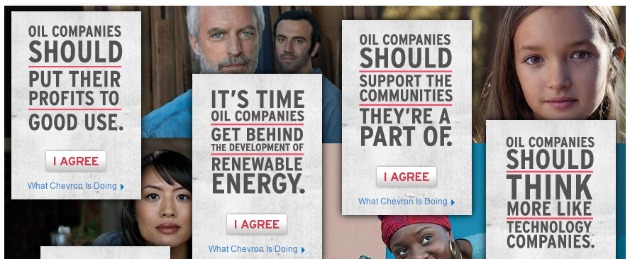
An important function of a revitalized consumer movement will be to help consumers distinguish between authentic and inauthentic corporate realignments. There’s so much generic green messaging out there these days. If you accept the environmental mission statement on the website of a company like Koch Industries, you’d never know that its owners are investing millions in defeating action on climate change. We need to find compelling new ways to help consumers cut through the marketing fog.
The recent campaign by cultural activists The Yes Men, which crowdsourced hilarious parodies of Chevron’s “We Agree” ad campaign, is a good example of a way to put social media to work on this front.
Rapid Response
Using online organizing techniques, consumers can now instantly coordinate campaigns that put pressure on companies and encourage them to do the right thing. Unlike politicians — who are more used to this kind of coordinated pressure — many companies are more easily rattled when their brands are on the line.
The recent campaign by gay rights groups in response to Target’s donation to an anti-gay politician was a good example of this kind of work. Celebrities and their fans can also help. Lady Gaga has now dissolved a deal with Target because of its alignments. Importantly, we must do this by coordinating consumers at the global level. Just as many companies are organized transnationally these days, consumers will need to follow suit. A strong consumer blogosphere will also help surface the best opportunities for these kinds of campaigns.
There’s a lot of exciting work to be done to build a 21st century consumer movement. Organizers, programmers, social media mavens, progressive companies and everyday consumers can be part of the next great wave of technology-driven social change. To be effective, that movement will need to be fearless, fact-based, hopeful, culturally mainstream and — most importantly — fun.
Image courtesy of iStockphoto, Pgiam
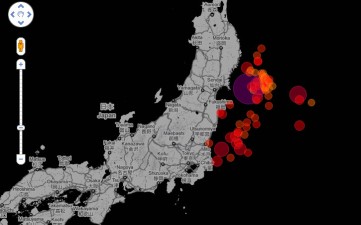



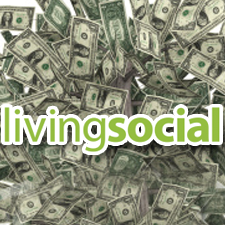
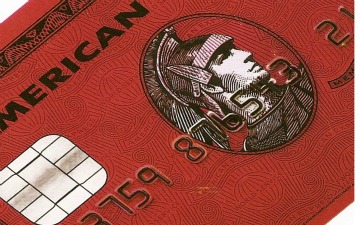
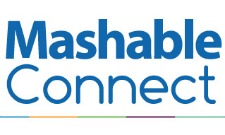

![28 Cases For Your New iPad 2 [PICS]](chevron-mashable.com_files/bestipad2cases-1.jpg) 2
2  3
3 ![10 Creative Uses of the New Facebook Profile [PICS]](chevron-mashable.com_files/newfacebookprofilephotohacksfun.jpg) 4
4 ![Facebook “Likes” More Profitable Than Tweets [STUDY]](chevron-mashable.com_files/money_tree.jpg) 5
5 
Glad you liked it. Would you like to share?
Sharing this page …
Thanks! Close
Add New Comment
Showing 3 comments